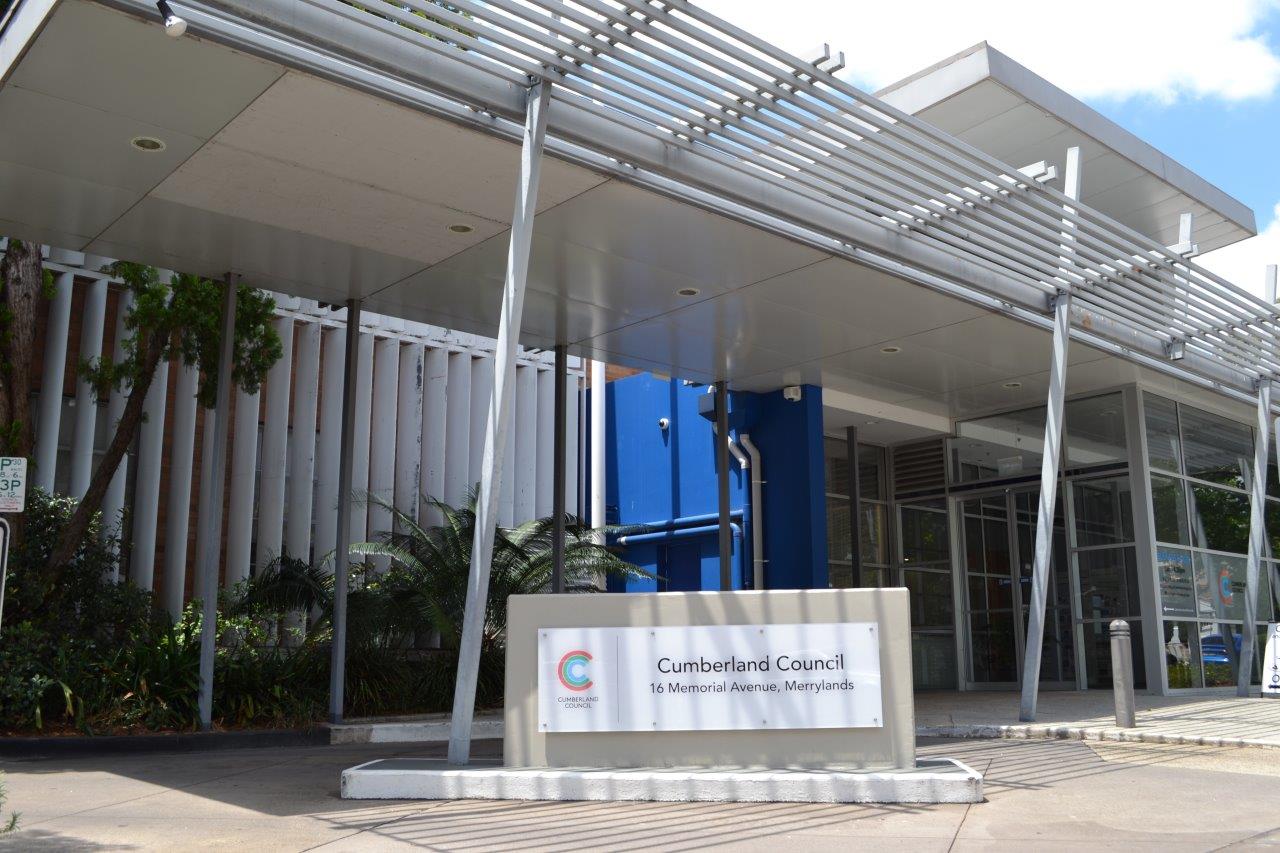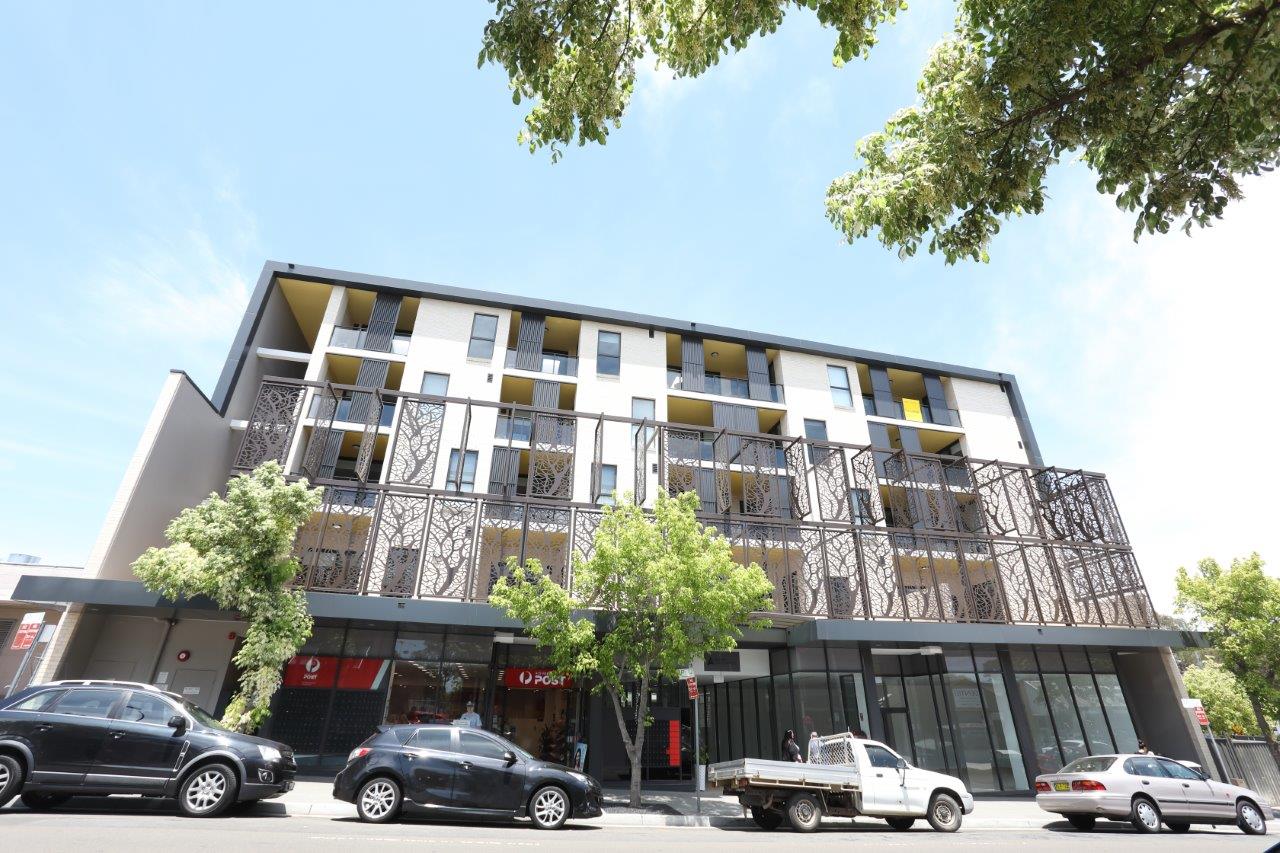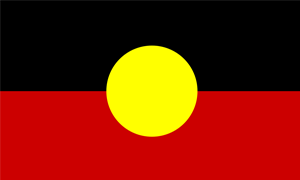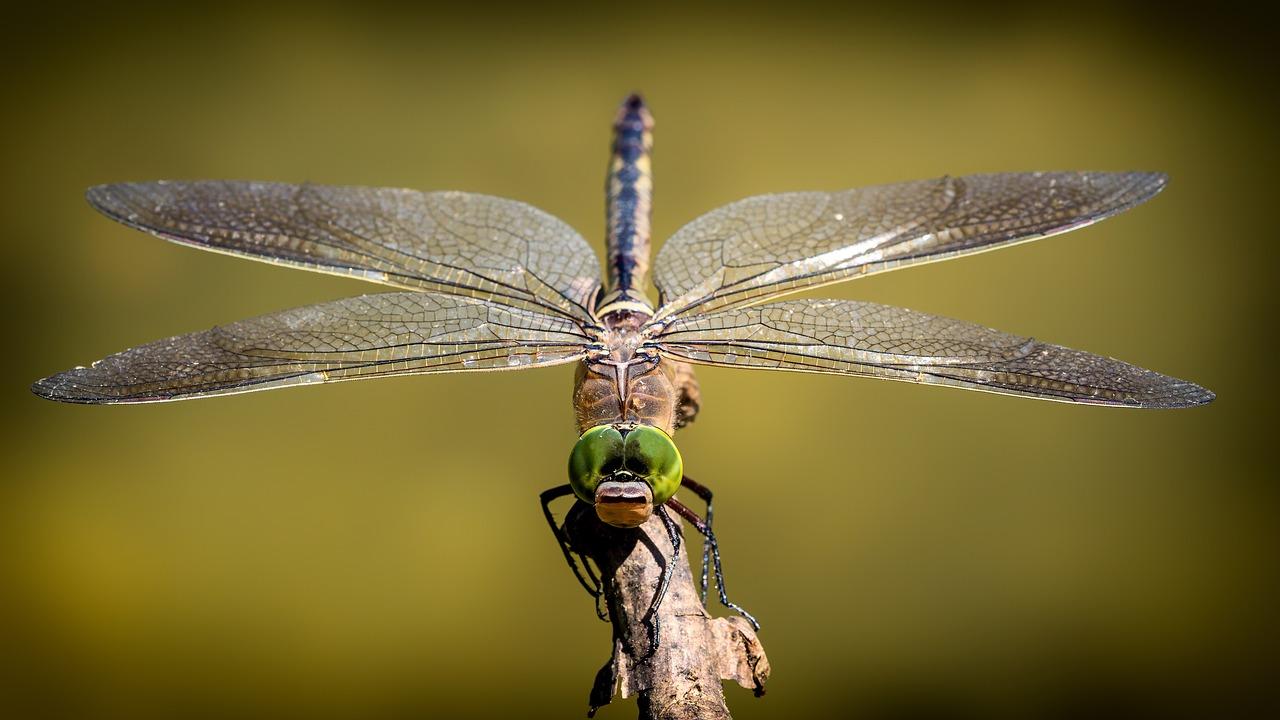
What is biodiversity?
Biodiversity is the variety of life forms on land and water. There are 3 levels of biodiversity:
- Genetic diversity – the variety of genetic information contained in individual plants, animals and micro-organisms
- Species diversity – the variety of plant and animal species e.g. Grey Box and Forest Red Gum
- Ecosystem diversity – the variety of habitats, ecological communities and ecological processes
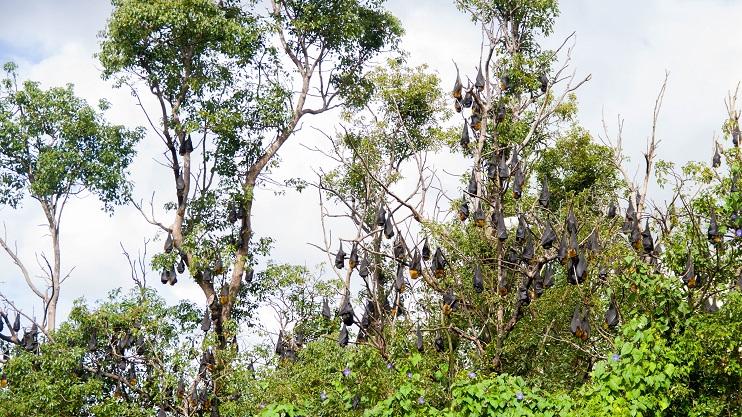
How are we helping biodiversity?
Council will work with the community to accomplish the vision of a clean and green environment for current and future generations to enjoy by protecting and enhancing Cumberland City Council’s natural areas and green infrastructure. Actions to be implemented by Council address objectives for three key focus areas:
- Key Focus Area 1: Community Awareness, engagement and action
- Key Focus Area 2: Habitat connectivity and condition
- Key Focus Area 3: Planning and innovation
Biodiversity strategy
- Learn more, view the Biodiversity Strategy 2019
What can you do to help biodiversity?
There are things we can do in our backyard to improve biodiversity within the Cumberland area. These include:
- Sign up to Habitat Stepping Stones
- Plant native local species
- Support native bees
- Install a small pond to provide water and habitat for frogs
- Install a nest box especially designed for native birds and possums
- Provide rocks for shelter, shade and sun bathing opportunities for small animals
- Adopt good garden practices to encourage a healthy, productive garden - such as worm farming, composting, mulching and installing a rainwater tank and drip irrigation system
Our Local Wildlife
There are over 65 native species recorded in Cumberland, including 14 species under threat. Some of the species under threat in our area include:
- Green and Golden Bell Frog
- Powerful Owl
- Grey-headed Flying-fox
- Cumberland Plain Land Snail
- Swift Parrot
Native Birds
Some native birds in Sydney have adapted to urban gardens and increased in numbers. Others have declined in numbers a lot.
To make life more difficult for native birds, larger introduced species have adapted to exotic plants, large lawns and supplementary feeding. This makes it hard for our native birds to compete for shelter and food.
Injured Native Animals
If you find an injured native animal, please contact a trained native animal rescue volunteer:
- WIRES (Wildlife Information and Rescue Service)
The NSW Wildlife Information and Rescue Service is the largest wildlife rescue organisation in Australia
- Phone: 1300 094 737 or visit the WIRES website
It is illegal to keep native animals as pets unless you have authorisation.
Our Local Vegetation
Most native vegetation in the area is in small, fragmented patches.
Native vegetation is important for the health of our environment, people and animals.
There are over 90 native species of plant species in our area, including 13 threatened plant species at risk of disappearing, these include:
- Downy Wattle
- Netted Bottle Brush
- Narrow-leaved Black Peppermint
- Beadle's Grevillea
- Magenta Lilly Pilly
Our Green Corridors
Green corridors (also known as wildlife or ecological corridors) are areas of habitat that are connected from suburb to suburb. They effectively:
- Allow the movement of animals and the spread of plants
- Ensure genetic exchange of plant and animal populations that may otherwise become extinct in the long-term
- Allow plants and animals to re-inhabit an area that they had disappeared from. ‘Local extinction’ can be caused through land clearing, fire, disease, fluctuating food supply and extreme weather
- Provide a relatively safe route for the movement of animals across the landscape
The main ecological corridors in Cumberland are along Duck River running north to south and east-west along Prospect Creek through Greystanes to Merrylands West.
Other waterways and large green areas can play a role as green corridors as well – acting as ‘stepping stones’ across the landscape. These include:
- Rookwood Cemetery on the eastern side of the Local Government Area
- Golf courses at Greystanes, Chester Hill and Regents Park.
Further information
For more information contact Council on 02 8757 9000.
